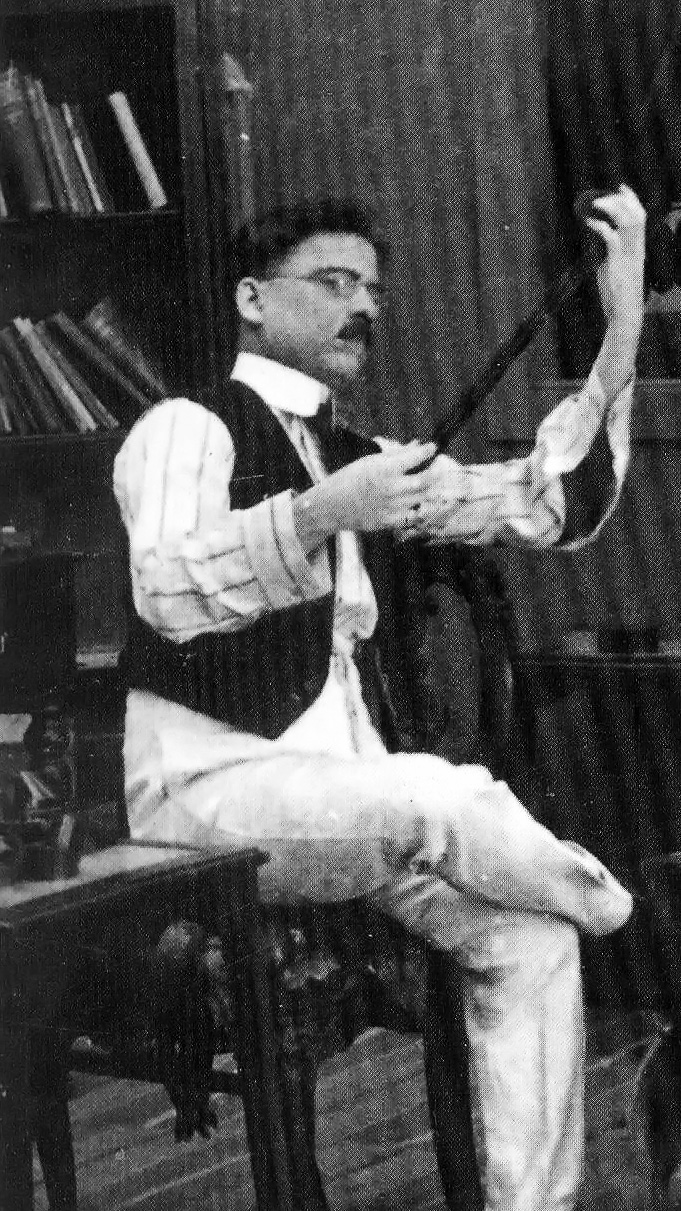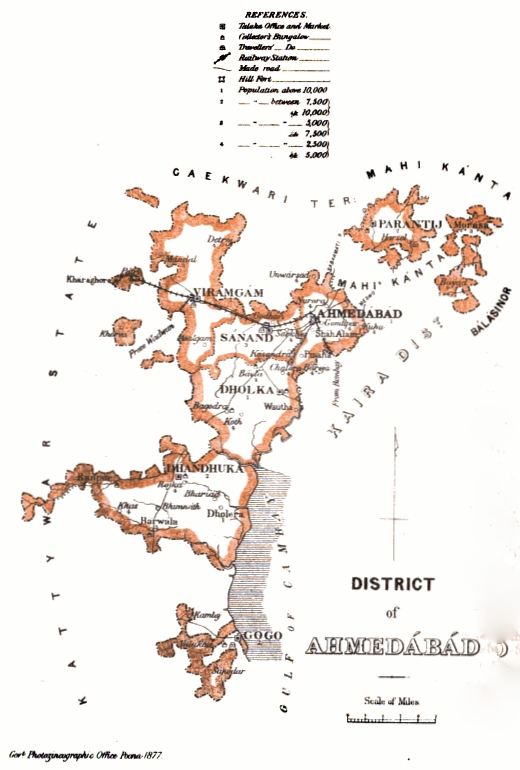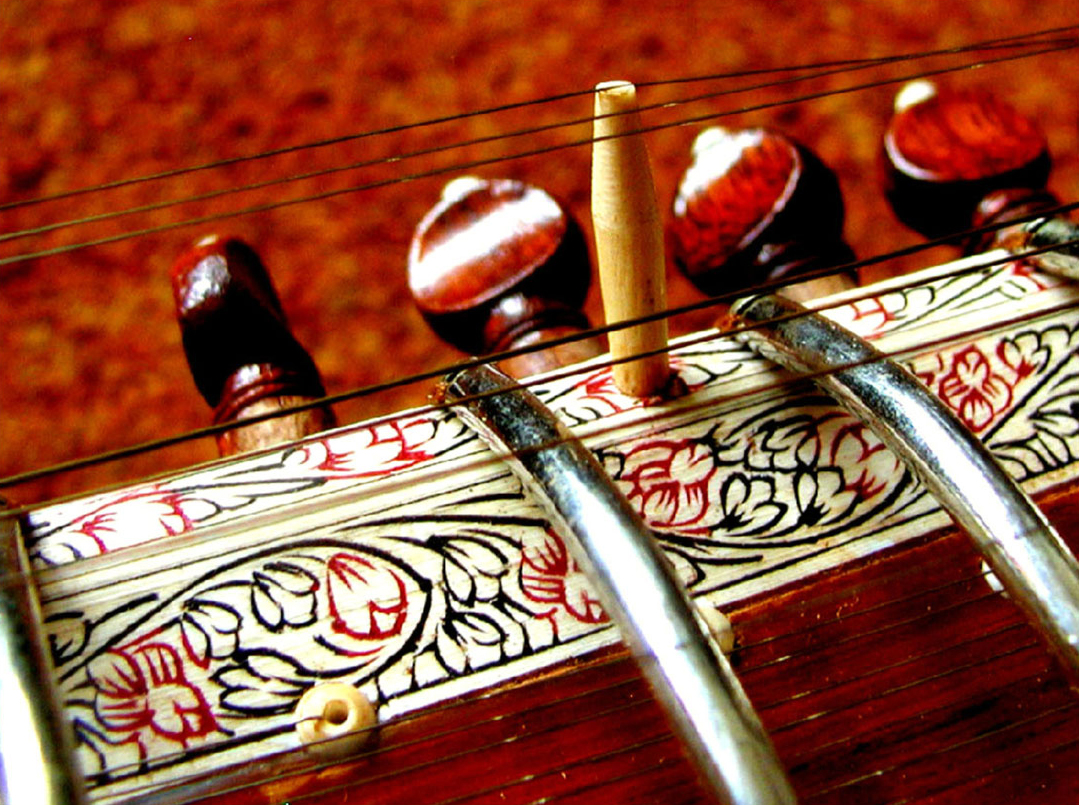|
Naushad
Naushad Ali (25 December 1919 – 5 May 2006) was an Indian composer for Hindi films. He is widely considered to be one of the greatest and foremost music directors of the Hindi film industry. He is particularly known for popularising the use of classical music in films. His first film as an independent music director was ''Prem Nagar'' in 1940. His first musically successful film was ''Rattan'' (1944), followed by 35 silver jubilee hits, 12 golden jubilee and 3 diamond jubilee mega successes. Naushad was conferred the Dadasaheb Phalke Award and the Padma Bhushan in 1981 and 1992 respectively for his contribution to the Hindi film industry. Early life and education Naushad Ali was born and raised in Lucknow, a city with a long tradition as a centre of Indian Muslim culture. His father, Wahid Ali, was a munshi (court clerk). As a child, Naushad would visit the annual fair at the Deva Sharif in Barabanki, 25 km from Lucknow, where all the great qawwals and musicians of t ... [...More Info...] [...Related Items...] OR: [Wikipedia] [Google] [Baidu] |
Rattan (film)
''Rattan '' or ''Ratan'' is a 1944 Indian film, directed by M. Sadiq, produced by Abdul Rashid Kardar, and starring Swaran Lata, Karan Dewan and Amir Bano. It was the highest-grossing film of 1944. The film is noted as the film which made Naushad one of the top music directors in the Indian film industry. Cast * Swaranlata as Gauri *Karan Dewan as Govind *Wasti as Rattan, Gangu's brother *Badri Prasad as Govind's father *Manju as Manju, Rattan's sister *Gulab as Govind's mother *Rajkumari Shukla *Auzurie as Gangu *Chanda Bai as the Bhabhi *Amirbano as Gauri's mother Music The film had music by Naushad, with lyrics by the popular poet of the 1940s, D. N. Madhok. * "Akkhiyan Mila Ke Jiya Bharma Ke, Chale Nahin Jana" - Zohrabai Ambalawali * "Rum Jhum Barse Baadarwa, Mast Hawain Aaein, Piya Ghar Aaja" - Zohrabai Ambalawali * "Milke Bichhad Gayii Akkhiyan" - Amirbai Karnataki * "Jab Tum Hi Chale Pardes Laga Kar Theiss" - Karan Dewan * "O janewale Balamwa" - Amirbai Karnatak ... [...More Info...] [...Related Items...] OR: [Wikipedia] [Google] [Baidu] |
Dadasaheb Phalke Award
The Dadasaheb Phalke Award is India's highest Film award, award in the field of cinema, given by the Government of India and presented annually at the National Film Awards. The recipient is honoured for their "outstanding contribution to the growth and development of Indian cinema" and is selected by a committee consisting of eminent personalities from the Indian film industry. The award comprises a ''Swarna Kamal'' (Golden Lotus) medallion, a shawl, and a cash prize of . Presented first in 1969, the award was introduced by the Government of India to commemorate Dadasaheb Phalke's contribution to Indian cinema. Phalke (1870–1944), who is popularly known as and often regarded as "the father of Indian cinema", was an Indian filmmaker who directed India's first full-length feature film, ''Raja Harishchandra'' (1913). The first recipient of the award was actress Devika Rani, who was honoured at the 17th National Film Awards. As of 2024, there have been 54 awardees. Among those, ... [...More Info...] [...Related Items...] OR: [Wikipedia] [Google] [Baidu] |
Lucknow
Lucknow () is the List of state and union territory capitals in India, capital and the largest city of the List of state and union territory capitals in India, Indian state of Uttar Pradesh and it is the administrative headquarters of the eponymous Lucknow district, district and Lucknow division, division. Having a population of 2.8 million as per 2011 census, it is the List of cities in India by population, eleventh most populous city and List of million-plus urban agglomerations in India, the twelfth-most populous urban agglomeration of India. Lucknow has always been a Multiculturalism, multicultural city that flourished as a North Indian cultural and artistic hub, and the seat of power of Nawabs in the 18th and 19th centuries. It continues to be an important centre of governance, administration, education, commerce, aerospace, finance, pharmaceuticals, information technology, design, culture, tourism, music, and poetry. Lucknow, along with Agra and Varanasi, is in the Uttar P ... [...More Info...] [...Related Items...] OR: [Wikipedia] [Google] [Baidu] |
Khemchand Prakash
Khemchand Prakash (12 December 1907 – 10 August 1950) was a music composer in the Hindi film industry. He had few peers in 1940s, the decade for Indian film music which started with Saigal very active on the scene and ended with Lata Mangeshkar firmly established in the industry. Lata had fruitful association with him (in films ''Asha, Ziddi (1948), Mahal''(1949)) when she started making a name for herself. Many years after Khemchand Prakash's death, the composer Kamal Dasgupta rated him the best composer. Career Born in Sujangarh on 12 December 1907, then located in Bikaner State of the Rajputana of British India (now in the Churu district of Rajasthan). he got his first training in music and dance from his father, who was a dhrupad singer and a Kathak dancer in the royal court. In his teens, he joined the royal court of Bikaner as a singer and later moved to the royal court of Nepal. But his destiny landed him in Kolkata and he joined the legendary New Theaters. He was ... [...More Info...] [...Related Items...] OR: [Wikipedia] [Google] [Baidu] |
Indian Muslim
Islam is India's Religion in India, second-largest religion, with 14.2% of the country's population, or approximately 172.2 million people, identifying as adherents of Islam in a 2011 census. India also has the Islam by country, third-largest number of Muslims in the world. The majority of India's Muslims are Sunni, with Shia making up around 15% of the Muslim population. Islam spread in Indian communities along the Arab coastal trade routes in Gujarat and in Malabar Coast shortly after the religion emerged in the Arabian Peninsula. Islam arrived in the inland of Indian subcontinent in the 7th century when the Arabs invaded and conquered Sindh and later arrived in Punjab and North India in the 12th century via the Ghaznavids and Ghurid dynasty, Ghurids conquest and has since become a part of India's Culture of India, religious and cultural heritage. The Barwada Mosque in Ghogha, Gujarat built before 623 CE, Cheraman Juma Mosque (629 CE) in Methala, Kerala and Palaiya Jumma ... [...More Info...] [...Related Items...] OR: [Wikipedia] [Google] [Baidu] |
Filmi
Filmi () music soundtracks are music produced for India's mainstream motion picture industry and written and performed for Cinema of India, Indian cinema. In cinema, List of Indian film music directors, music directors make up the main body of composers; the songs are performed by playback singers and the genre represents 72% of the music sales market in India. Filmi music tends to have appeal across India, Nepal, Pakistan and overseas, especially among the Non-resident Indian and person of Indian origin, Indian diaspora. Songs are often in different languages depending on the target audience, for example in Hindi or Tamil. Playback singers are usually more noted for their ability to sing rather than their charisma as performers. Filmi playback singers' level of success and appeal is tied to their involvement with film soundtracks of cinema releases with the highest box office ratings. At the "Filmi Melody: Song and Dance in Indian Cinema" archive presentation at UCLA, filmi was ... [...More Info...] [...Related Items...] OR: [Wikipedia] [Google] [Baidu] |
Punjab, India
Punjab () is a States and union territories of India, state in northwestern India. Forming part of the larger Punjab, Punjab region of the Indian subcontinent, the state is bordered by the States and union territories of India, Indian states of Himachal Pradesh to the north and northeast, Haryana to the south and southeast, and Rajasthan to the southwest; by the Indian union territory, union territories of Jammu and Kashmir (union territory), Jammu and Kashmir to the north and Chandigarh to the east. To the west, it shares an international border with the identically named Pakistani province of Punjab, Pakistan, Punjab, and as such is sometimes referred to as East Punjab or Indian Punjab for disambiguation purposes. The state covers an area of 50,362 square kilometres (19,445 square miles), which is 1.53% of India's total geographical area, making it List of states and union territories of India by area, the 19th-largest Indian state by area out of 28 Indian states (20th larges ... [...More Info...] [...Related Items...] OR: [Wikipedia] [Google] [Baidu] |
Rajasthan
Rajasthan (; Literal translation, lit. 'Land of Kings') is a States and union territories of India, state in northwestern India. It covers or 10.4 per cent of India's total geographical area. It is the List of states and union territories of India by area, largest Indian state by area and the List of states and union territories of India by population, seventh largest by population. It is on India's northwestern side, where it comprises most of the wide and inhospitable Thar Desert (also known as the Great Indian Desert) and shares a border with the Pakistani provinces of Punjab, Pakistan, Punjab to the northwest and Sindh to the west, along the Sutlej-Indus River valley. It is bordered by five other Indian states: Punjab, India, Punjab to the north; Haryana and Uttar Pradesh to the northeast; Madhya Pradesh to the southeast; and Gujarat to the southwest. Its geographical location is 23°3' to 30°12' North latitude and 69°30' to 78°17' East longitude, with the Tropic of Can ... [...More Info...] [...Related Items...] OR: [Wikipedia] [Google] [Baidu] |
Gujarat
Gujarat () is a States of India, state along the Western India, western coast of India. Its coastline of about is the longest in the country, most of which lies on the Kathiawar peninsula. Gujarat is the List of states and union territories of India by area, fifth-largest Indian state by area, covering some ; and the List of states and union territories of India by population, ninth-most populous state, with a population of 60.4 million in 2011. It is bordered by Rajasthan to the northeast, Dadra and Nagar Haveli and Daman and Diu to the south, Maharashtra to the southeast, Madhya Pradesh to the east, and the Arabian Sea and the Pakistani province of Sindh to the west. Gujarat's capital city is Gandhinagar, while its largest city is Ahmedabad. The Gujarati people, Gujaratis are indigenous to the state and their language, Gujarati language, Gujarati, is the state's official language. The state List of Indus Valley civilisation sites#List of Indus Valley sites discovered, ... [...More Info...] [...Related Items...] OR: [Wikipedia] [Google] [Baidu] |
Viramgam
Viramgam is a town and former princely state in the Indian state of Gujarat. The town is located in the Ahmedabad district, which contains the city of Ahmedabad, the state's largest city. Gateway Distriparks notably flagged off the first export train service from the newly built inland container depot (ICD) at Viramgam. History Recorded history Around 1090, Minaldevi, the mother of Jayasimha Siddharaja of Chaulukya dynasty who ruled from Anhilwad Patan, commissioned the Munsar lake. Siddhraj added several shrines and temples later. Viramgam state was founded in . Under the strong Mandal chief, Viramgam did not become part of the Muslim Gujarat Sultanate until 1530. Commanding the entrance to Kathiawar, the Mughal governors chose it as the headquarters of the Jhalavad '' prant'' (district), and in the disturbances of the eighteenth century, it was the scene of several struggles. Historical and legendary references According to Dr. Savliya, author of "Ancient ... [...More Info...] [...Related Items...] OR: [Wikipedia] [Google] [Baidu] |
Saurashtra (region)
Kathiawar (), also known as Saurashtra, is a peninsula in the south-western Gujarat state in India, bordering the Arabian Sea and covering about . It is bounded by the Kutch district in the north, the Gulf of Kutch in the northwest, and by the Gulf of Khambhat in the east. In the northeast, it is connected to the rest of the state and borders on the low, fertile hinterland of Ahmedabad. It is crossed by two belts of hill country and is drained radially by nine rivers which have little natural flow aside from in monsoon months, thus dams have been built on some of these. Kathiawar ports have been flourishing centres of trade and commerce since at least the 16th century. It was formerly a state of India. Etymology and history The name Kathiawad seems to have been derived from the early settlements of Kathikas or Kathis who entered Gujarat from Sindh in early centuries of the Common Era. The name "Saurashtra" itself is from Sanskrit (, ), the vṛddhi form of (, ), deri ... [...More Info...] [...Related Items...] OR: [Wikipedia] [Google] [Baidu] |
Sitar
The sitar ( or ; ) is a plucked stringed instrument, originating from the Indian subcontinent, used in Hindustani classical music. The instrument was invented in the 18th century, and arrived at its present form in 19th-century India. Khusrau Khan, an 18th-century figure of the Mughal Empire has been identified by modern scholarship as the inventor of the sitar. According to most historians, he developed the sitar from the setar, an Iranian instrument of Abbasid or Safavid origin. Used widely throughout the Indian subcontinent, the sitar became popularly known in the wider world through the works of Ravi Shankar, beginning in the late 1950s and early 1960s. The advent of Psychedelia, psychedelic culture during the mid-to-late 1960s set a trend for the use of the sitar in popular music, sitar in Western popular music, with the instrument appearing on tracks by bands such as the Beatles, the Rolling Stones, Metallica and many others. Etymology The word ''sitar'' is derived from t ... [...More Info...] [...Related Items...] OR: [Wikipedia] [Google] [Baidu] |







